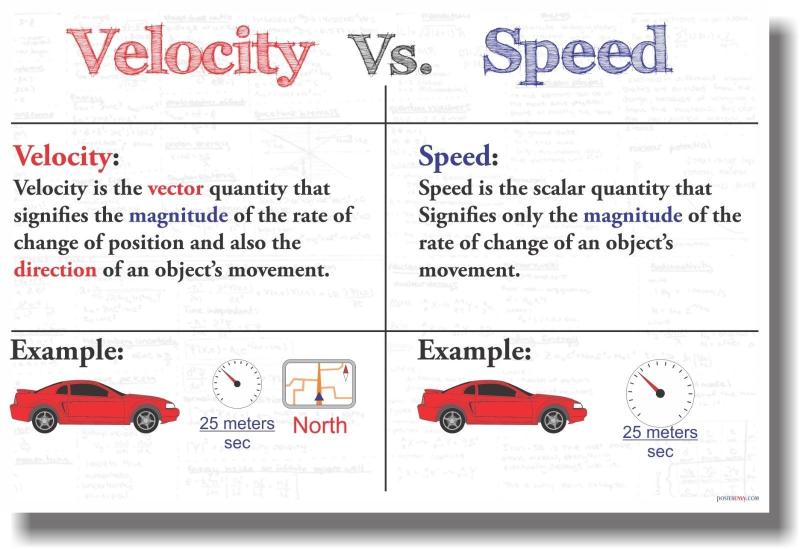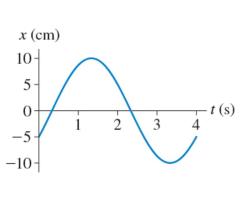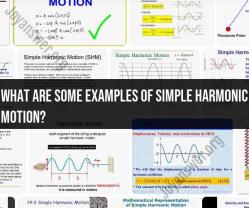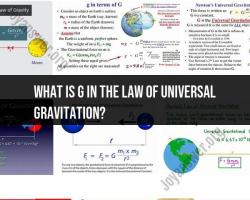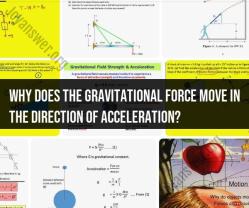What distinguishes velocity from speed?
Velocity and speed both describe the rate at which an object moves, but they have a fundamental distinction based on their associated concepts.
Speed:
Definition:
- Speed is a scalar quantity that represents the magnitude (size) of the rate of motion of an object.
- It indicates how fast an object is moving but does not provide information about the direction of motion.
Formula:
- The formula for speed is .
- It calculates the rate of motion by dividing the distance traveled by the time taken.
Units:
- The standard unit for speed in the International System of Units (SI) is meters per second (m/s), but other units like kilometers per hour (km/h) or miles per hour (mph) are also common.
Velocity:
Definition:
- Velocity is a vector quantity that includes both the magnitude and direction of the rate of motion of an object.
- It not only tells you how fast an object is moving but also specifies the direction in which it is moving.
Formula:
- The formula for velocity is .
- It calculates the rate of motion by dividing the displacement (change in position) by the time taken.
Units:
- The standard unit for velocity in the International System of Units (SI) is meters per second (m/s), with the direction specified (e.g., 20 m/s east).
Key Differences:
Direction:
- Speed only involves the magnitude of motion, while velocity includes both magnitude and direction.
- If an object is moving in a straight line without changing direction, the speed and velocity values will be the same. However, if the object changes direction, its velocity will differ from its speed.
Scalar vs. Vector:
- Speed is a scalar quantity as it only has magnitude.
- Velocity is a vector quantity as it has both magnitude and direction.
Example:
- If a car is moving at a constant speed of 60 mph on a straight highway, its speed is 60 mph.
- If the car is moving at a constant velocity of 60 mph north, its velocity is 60 mph north.
In summary, velocity provides more information than speed because it includes the direction of motion. Speed is concerned solely with how fast an object is moving, regardless of the direction.
In physics, velocity and speed are distinct concepts that describe the motion of objects. While they are often used interchangeably in everyday conversations, they have specific technical definitions and are not interchangeable in scientific contexts.
Speed is a scalar quantity, meaning it has only magnitude and no direction. It represents the rate at which an object's position changes, measured in units of distance per unit of time, such as meters per second (m/s), kilometers per hour (km/h), or miles per hour (mph). For instance, saying a car is traveling at 60 mph only conveys its speed, not its direction.
Velocity, on the other hand, is a vector quantity, meaning it has both magnitude and direction. It represents the rate and direction at which an object's position changes, also measured in units of distance per unit of time. For example, saying a car is traveling at 60 mph east conveys both its speed (60 mph) and its direction (east).
The key difference between velocity and speed lies in the directional component. Speed only tells you how fast something is moving, while velocity tells you both how fast and in what direction it is moving. This directional information is crucial for understanding the complete motion of an object, especially in situations where direction matters.
To further illustrate the distinction, consider two cars traveling at the same speed of 60 mph. If one car is traveling directly north and the other is traveling directly south, they have different velocities despite having the same speed. This is because their velocities have opposite directions.
In summary, velocity is a more comprehensive measure of motion compared to speed. It provides a complete description of an object's movement, including both how fast it is moving and in what direction it is moving. This distinction is essential for accurate analysis and understanding of motion in various physical contexts.
